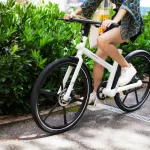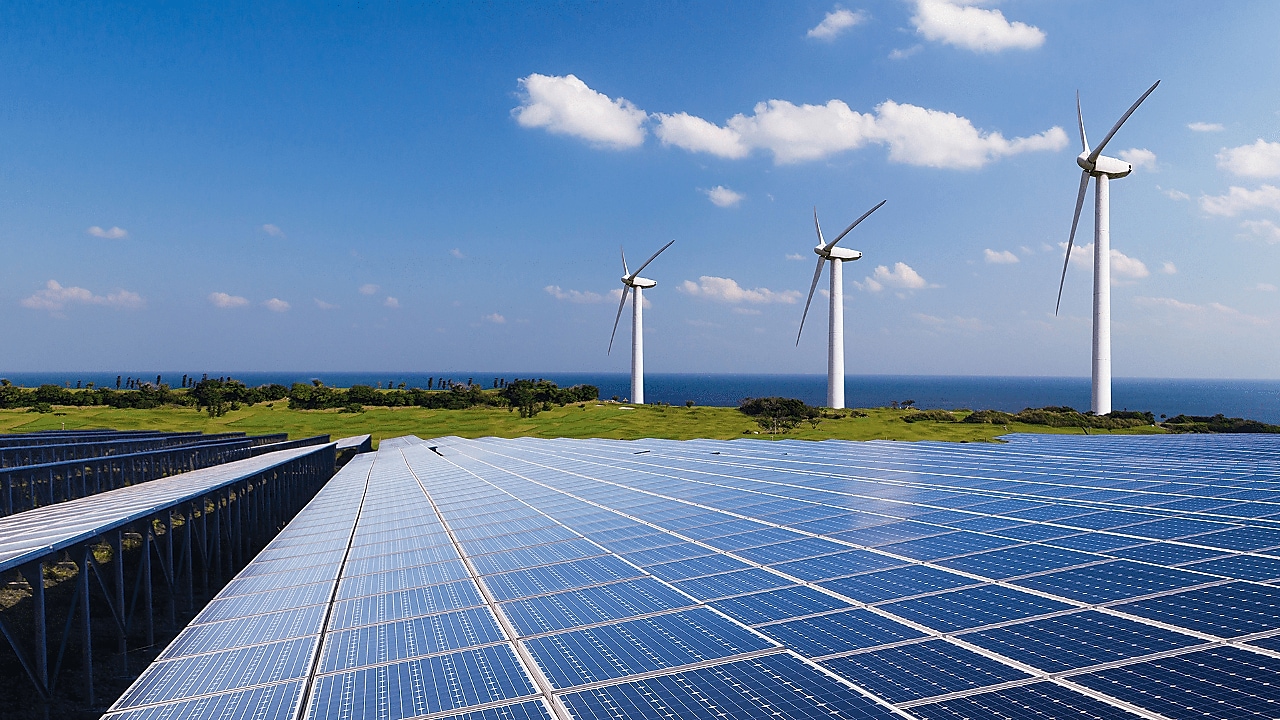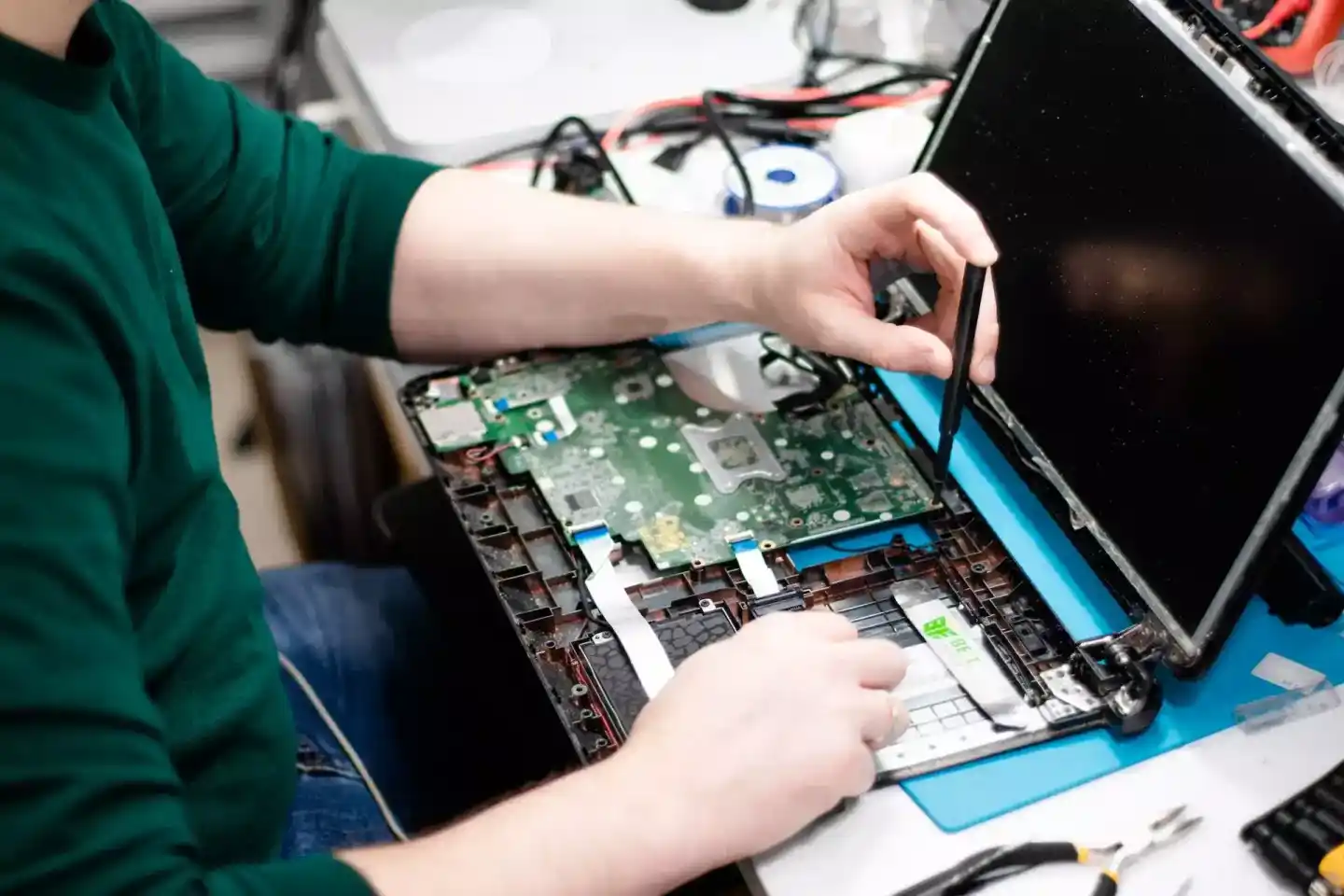As the world grapples with the challenges posed by climate change and increasing energy demand, the need for smart, sustainable energy solutions has never been greater. In order to power the future and create a more sustainable world, we must embrace a range of innovative technologies and practices that can help us reduce our carbon footprint and transition to a cleaner, greener energy system.
Here are some potential smart energy solutions that can help us achieve a sustainable future:
- Renewable Energy Sources: The adoption of renewable energy sources such as solar, wind, and hydro power can significantly reduce our reliance on fossil fuels and help us transition to a more sustainable energy system. In addition, technologies such as smart grids and energy storage can help to optimize the use of renewable energy sources and ensure that energy is distributed efficiently.
- Energy Efficiency Measures: Improving energy efficiency is another key strategy for reducing our carbon footprint and promoting sustainability. This can involve a range of measures, such as building retrofits, energy-efficient appliances, and smart lighting and heating systems. These measures can help to reduce energy waste and lower energy bills, while also promoting a more sustainable energy system.
- Electric Vehicles: Electric vehicles (EVs) are another promising technology for reducing greenhouse gas emissions and promoting sustainability. As the technology behind EVs continues to improve, they are becoming more accessible and affordable, and could eventually replace gas-powered vehicles altogether. In addition, EVs can be integrated into smart energy systems, allowing them to be charged during off-peak hours when renewable energy sources are abundant.
- Energy Storage: The integration of energy storage systems such as batteries and flywheels can help to address the intermittency of renewable energy sources, ensuring that energy is available when it is needed. In addition, energy storage can help to reduce the strain on the electrical grid during peak usage times, promoting a more stable and reliable energy system.
- Energy Management Systems: Energy management systems can help to optimize the use of energy in homes, buildings, and industries. These systems use data analytics and artificial intelligence to monitor energy usage, identify areas for improvement, and implement energy-saving measures. By using energy more efficiently and intelligently, we can reduce our carbon footprint and promote sustainability.
- Smart radiator thermostat: A smart radiator thermostat is a device that can be attached to individual radiators to allow for precise temperature control. These thermostats can be controlled remotely through a smartphone app, allowing users to adjust the temperature from anywhere. The best smart radiator thermostat should have features such as compatibility with various heating systems, ease of use, and energy-saving options. Some popular brands of smart radiator thermostats include Tado, Netatmo, and Honeywell. With a smart radiator thermostat, users can enjoy customized comfort while saving energy and reducing heating bills. These devices can also learn the user’s preferences and adjust the temperature accordingly, creating a more comfortable and efficient living environment.
These are just a few of the smart energy solutions that can help us power the future and create a more sustainable world. By embracing these technologies and practices, we can reduce our reliance on fossil fuels, lower our carbon footprint, and ensure a brighter future for generations to come.










